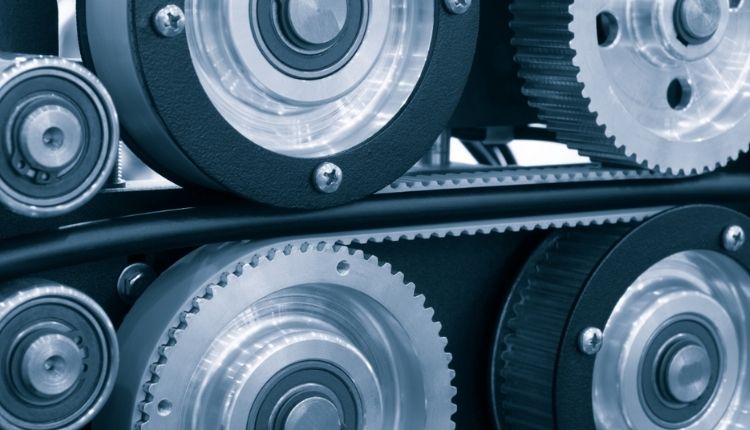System failures often trace back to individual component weaknesses that cascade throughout entire operations. Belt failures shut down production lines and create costly delays. Poor quality components create vulnerability points that affect overall system performance. Manufacturing equipment depends on consistent power transfer between motors and driven components.
Inferior belts introduce vibrations, slippage, and unpredictable failures into otherwise well-designed systems.High-quality power transmission belts serve as the foundation for reliable mechanical operations. This article explores how belt quality directly influences system dependability and operational efficiency.
Material Composition and Durability Standards
Premium belt construction begins with carefully selected raw materials that resist wear and environmental degradation. Rubber compounds undergo formulation processes that balance flexibility with resistance to heat, oil, and chemical exposure. Quality control testing validates material properties before production begins. Advancedpolymer blends extend operational life while maintaining consistent performance characteristics. Synthetic materials resist cracking and hardening that plague inferior products. Quality manufacturers invest in research to develop compounds suited for specific operating conditions.
Precision Manufacturing and Dimensional Accuracy
Manufacturing tolerances significantly impact belt performance and system reliability. Precise width control ensures proper pulley engagement and prevents edge wear. Length accuracy maintains correct tension levels and pulley alignment. Thickness consistency distributes loads evenly across the belt surface. Quality manufacturing processes include continuous monitoring and adjustment systems that maintain specifications throughout production runs. Automated cutting systems produce consistent dimensions while eliminating human error variables.
Load Handling Capacity and Safety Margins
Belt load ratings determine maximum safe operating conditions for specific applications. Quality belts include generous safety margins that account for shock loads and operational variations. Inferior products often operate near their limits with minimal safety buffers. Load distribution across the belt width affects both performance and longevity. Several design factors influence load handling effectiveness:
- Reinforcement material selection and placement density
- Belt cross-sectional profile and contact surface area
- Tension member integration and adhesion quality
- Operating temperature ranges and thermal expansion properties
- Dynamic load characteristics and shock absorption capabilities
Proper load management prevents localized stress concentrations that lead to cracking and separation failures. Quality belts maintain performance even under demanding operational conditions.
Maintenance Requirements and Operating Costs
Quality belts reduce maintenance demands through extended service intervals and predictable wear patterns. Inferior products require frequent inspections and adjustments to maintain acceptable performance levels. This maintenance burden increases labor costs and equipment downtime significantly. Predictable replacement scheduling becomes possible when using quality components with established performance histories. Maintenance teams can plan belt changes during scheduled downtime rather than responding to emergency failures.
System Integration and Performance Consistency
Belt performance affects multiple system components, including bearings, pulleys, and drive motors. Quality belts operate smoothly without excessive vibration that damages connected equipment. Power transmission efficiency depends on consistent belt-to-pulley contact and minimal slippage during operation. Key performance indicators for system integration include:
- Power transmission efficiency and energy consumption levels
- Vibration amplitude and frequency characteristics
- Noise generation during normal operations
- Temperature rise in bearings and drive components
- Alignment, stability, and tension maintenance over time
System-wide reliability improves when quality belts maintain consistent performance characteristics throughout their service life.
Performance Monitoring and Failure Prevention
Quality belts exhibit predictable wear patterns that enable condition-based maintenance strategies. Visual inspections reveal gradual deterioration rather than sudden catastrophic failures. This predictability allows maintenance teams to schedule replacements before failures occur. Monitoring systems become more effective when paired with high-quality power transmission belts that respond predictably to operational conditions.
System reliability depends heavily on component quality throughout the power transmission chain. Quality belts provide consistent performance, extended service life, and predictable maintenance requirements that support overall system dependability. Investment in superior belt products reduces total ownership costs while improving operational reliability and reducing unexpected downtime in critical applications.






